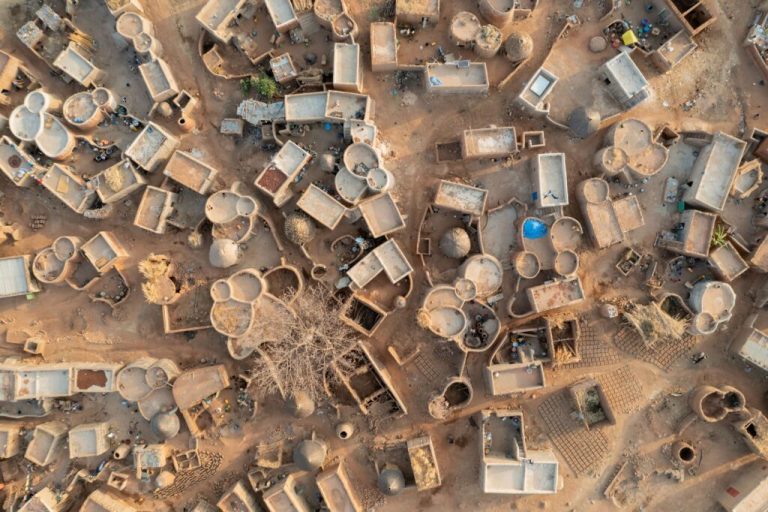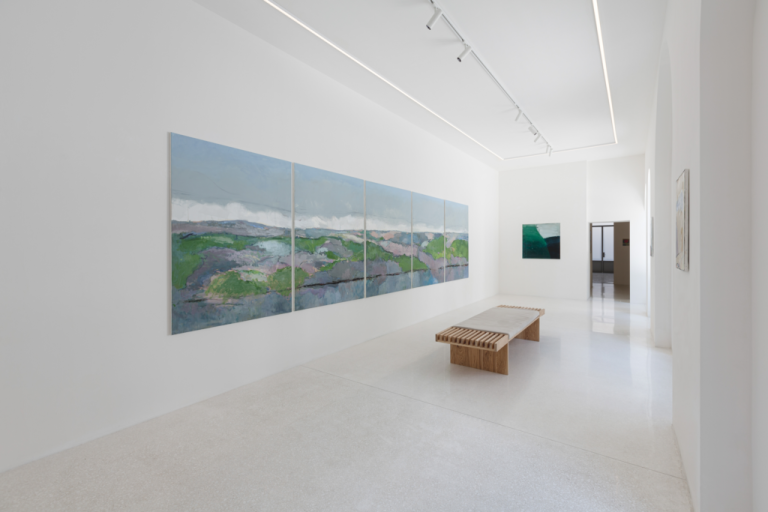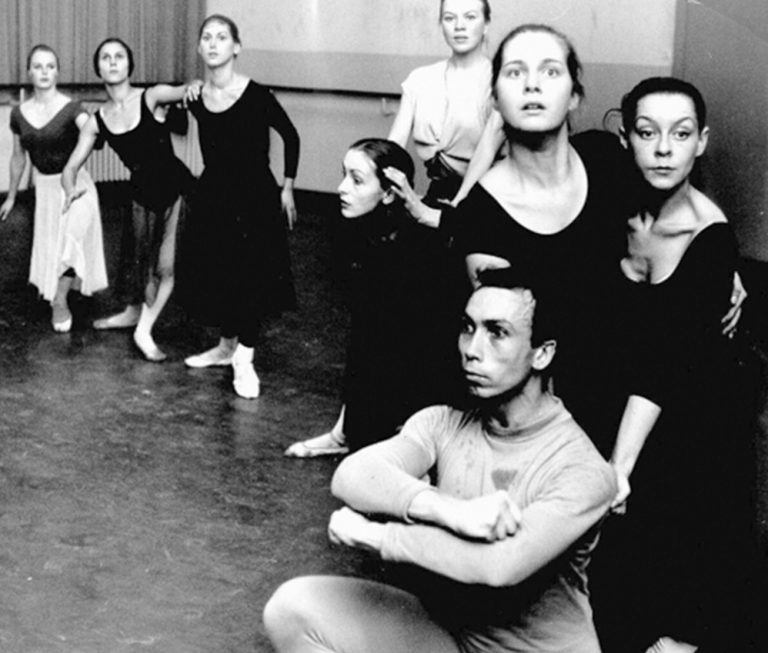Pamplona,
Last September the University of Navarra Museum inaugurated the exhibition “A Promised Land. From the Age of Enlightenment to the birth of photography”, which delves into the beginnings of this discipline in relation to the Enlightenment and the Napoleonic expeditions to Egypt, proposing the thesis that the scientific curiosity typical of that time and the need to have Reliable descriptions of nature can be understood as a precursor or prefiguration of the photographic gaze.
From this point of view, although Niépce and Daguerre were the immediate inventors of this technique, in reality photography would exist before them if we consider it as a means of cataloging the world or as a regime of vision attentive to unknown realities and their documentation from the precision, detail and accuracy. It is very likely, according to the postulates of that exhibition, open until August, that those who manually drew the Egyptian finds longed for a system that would allow the capture of these species to not depend so much on their talent, on a skill that could fail. The impulse, therefore, to photograph would be earlier than the material possibility of doing so, which would depend on technological advances that would not take place until the following century.
Taking this thesis as a starting point, the Museum wanted to invite two contemporary artists to structure their own projects: the first was Vik Muniz, who until March 10 showed his proposal “Flora Industrialis” there, and the second is Joan Fontcuberta, which from today unfolds in Pamplona “Florilegium”, one more step in its path of cultivating “a photography of nature to scrutinize the nature of photography”, studying how it has been responding to the needs of individuals in the different moments in history and in every area of your life.
Aside from the informative or aesthetic value of the images, Fontcuberta has been interested above all in their epistemological, political and anthropological aspect around three basic concepts: truth, memory and matter, notions that also articulate the essay production of this author, including his most recent book, closely linked, in turn, to the discourse of the exhibition that opens today in Navarra; its titled Overflow the mirror. Photography, from alchemy to algorithm. Published this same year, it suggests that the alchemy present at the beginning of this art has today ceded its ground to those algorithms, which are still another form of magic, at a time in which the transformation of the values of the image and The emergence of artificial intelligence has given rise to a visual revolution deeper than that derived from the invention of the daguerreotype in 1839.
The Barcelonan understands that if the scientific illustration of the 18th century paved the way for the emergence of the photo in the 19th, today's images could anticipate the algorithms of the future, which will not be photographs per se, but perhaps functionally, and will not require time or skill, as the original invention freed draftsmen from sharpening theirs. It will be enough to cleverly preview an idea and know how to transmit it to a system.
These options have been transferred to this exhibition, “Florilegium”, again with botany as the axis, paying tribute to the legacy of 18th century artists and also to the philosophers who have dedicated essays to burning issues of ecology today, such as Gilles Clément, Emanuele Coccia, Michael Marder or Stefano Mancuso; We can consider them representatives of biomorphic thinking as opposed to anthropocentric, defenders of a form of plant intelligence without centralized structure, unlike human intelligence. From the involuntary social organization of plants, according to their approach, we would have something to learn.
“Florilegium” is structured in three sections and the first includes the project Herbarium, which Fontcuberta carried out in the early eighties to address the contributions of photography to science, reaching the conclusion that images owe their credibility to their respect for a system of signs linked to the scientific spirit of the classification of objects. living beings. In that sense he refers us to Linnaeus (who deepened the ties between observer and nature by describing the naturalist as someone who visually distinguishes the parts of natural bodies, describes them and gives them names) and the German photographer Karl Blossfeldt, who in his series Urformen der Kunstfrom 1928, presented a collection of images of plants made in the spirit of botanical plates and in turn suggesting the decorative motifs typical of Art Nouveau.
The specimens of the Catalan's works are false; He composed them by combining organic fragments, industrial waste and artificial materials. If Blossfeldt seemed to emphasize that the imaginary also comes from nature, Fontcuberta downplays the tangible as a source of inspiration and emphasizes that the supposed photographic realism is, in reality, a belief. Last year, he reviewed his Herbarium first to apply AI generative visualization systems on it, with self-parodic results: the images may seem scientifically impeccable to us, but also ironic and perverse.
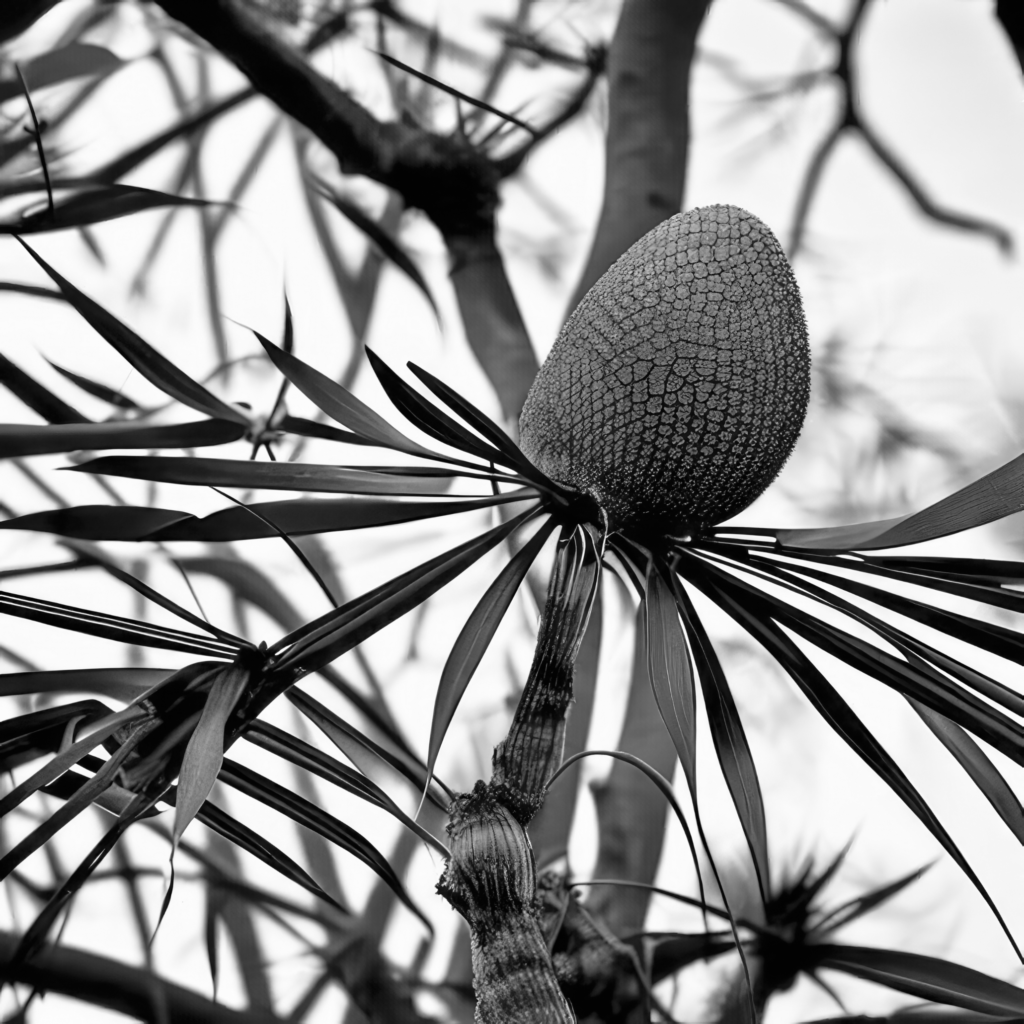
The second section of this exhibition takes its name from the poem by Lucretius De rerum naturaa tribute to Epicurus, the philosopher who founded a school of thought in Athens that he called The garden and in which, unlike others at the time, slaves and women were also welcome. From a location far from the center of the city, they discussed ideas related to the love of nature in its relationship with both the transmission of human values and scientific knowledge.
This chapter alludes to the feeling of surprise and wonder among the first Europeans to enter the New World (Bernabé Cobo Peralta attested) in the face of the abundant information already available to those who in contemporary times were sent to unknown territories, such as astronauts, that more than discoveries they made comparisons. Our America or our moon to be known today is no longer a geographical place, but surely virtual, and we will not access it by other means of transportation than generative visualization technologies. The images gathered here tell us about presumptions or anticipations of the unknown and their relationship with general concepts of things linked to experience.
Close the tour Mirabile Visu, a final measurement by Fontcuberta of the ties between botanical illustration and photography. He has imagined exotic tropical orchids that could – it is a speculative assumption – go unnoticed by horticulturist James Bateman, author of The Orchidaceae of Mexico and Guatemala, volume illustrated by Walter Hood Fitch. To do this, he asked a generative program to mutate the drawings from that album, made between 1837 and 1843, into photographs to which he then subjected various algorithms; These compositions, to our greater challenge, have been combined with real images of those plants, adulterated through hybridization. In this way, and all at the same time, this artist makes us doubt the scientific illustration of the future and that images are, today and in the future, evidentiary evidence.
The whole of this exhibition has wanted to consider itself as epicurean garden in which we are all called to reflect on what we can expect from the photo.
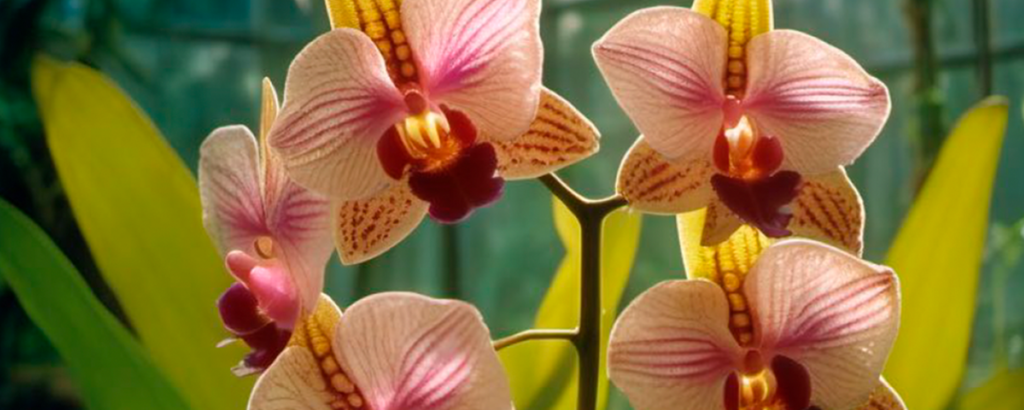
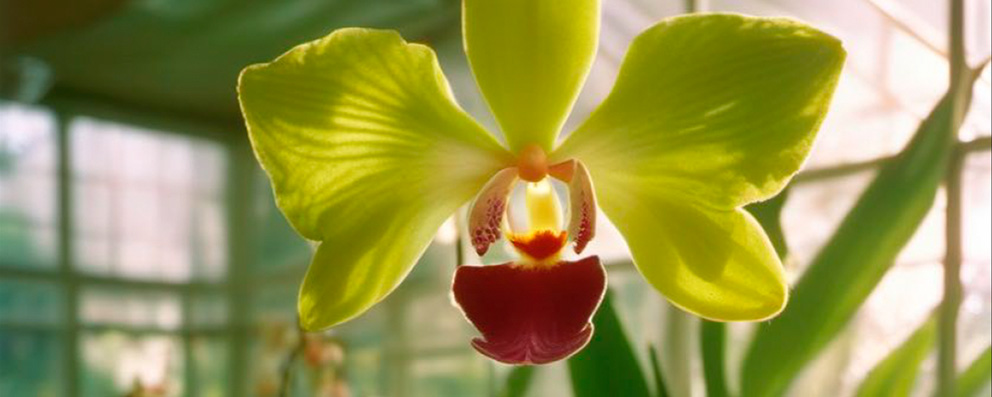
Joan Fontcuberta. “Florilegium”
UNIVERSITY OF NAVARRA MUSEUM
University Campus s/n
Pamplona
From March 20 to June 9, 2024

